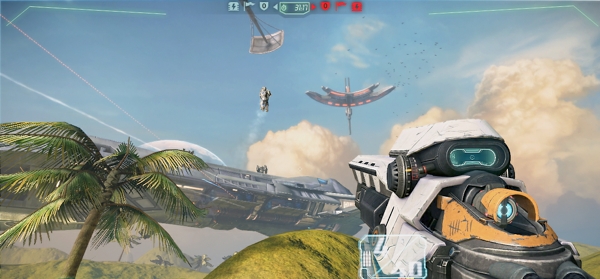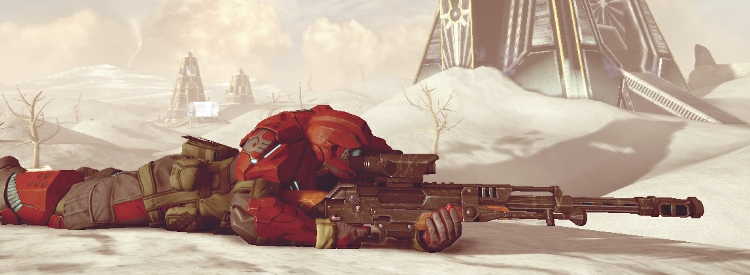Final Thoughts
As mentioned earlier, Hi-Rez Studios recommends an HD 6950/GTX 560 or faster to enjoy Tribes: Ascend at its best. This recommendation seems accurate as both cards just exceeded 60fps when testing the game with max settings at 1680x1050. Both mid-range offerings still offered acceptable results at 1920x1200, with frame rates averaging 54-55fps. Meanwhile, the older HD 5870 put on an impressive show, offering 62fps at 1920x1200, making it slightly faster than the new HD 7870 – disappointing, in our opinion.
AMD's new 7000 series seem to struggle in older DX9 titles and while Tribes: Ascend may be a new game, it's based on an aging engine. Moreover, while Unreal Engine 3 has been updated to support newer rendering technologies, this title uses an earlier build. Nvidia's cards just seem to offer a better value in this game, with the $230 GTX 560 Ti matching the $400 HD 7950 at 1920x1200. Meanwhile, the more affordable $130 GTX 550 Ti had no trouble outpacing the $130 HD 6790 or $150 HD 7770 (See our budget graphics card comparison here)

The GTX 580, GTX 570 and GTX 480 graphics cards dominated our charts when testing at 1680x1050 and 1920x1200, but the HD 7970 did put up a fight at 2560x1600, even if it was ultimately defeated by Nvidia's last-gen flagship. Note that the GTX 680 wasn't included in our testing because it would have been largely "overkill" in our scenarios anyway as the GTX 580 exceeded 60fps in our most stressful test. However, the GTX 680 would probably be desirable in extreme multi-display setups.
Hi-Rez Studios' quad-core CPU recommendation also rang true as Tribes: Ascend only ever used up to four threads. The dual-core Phenom II X2 and Athlon II X2 suffered with a little over 20% less speed than their quad-core parts. AMD's FX range all appeared to deliver similar results, which was comparable to quad-core Phenom II X4 and Athlon II X4 chips as well as the older Core i7 LGA1366 range. Sandy Bridge delivered a slight bump while the SB-E Core i7-3960X was much faster than anything else we tested.
We experienced some odd results when measuring CPU scaling – more specifically with the AMD FX-8150. The Bulldozer chip hit a brick wall at 3.50GHz and pushing it to 4.50GHz only allowed for an extra 2fps. By comparison, the Sandy Bridge Core i7-2600K continued providing more frames as the clock speed increased and we eventually hit 95fps at 4.50GHz. While AMD's FX and Athlon II X4 series provided sufficient performance, gamers seeking the best performance possible will want Intel inside.
